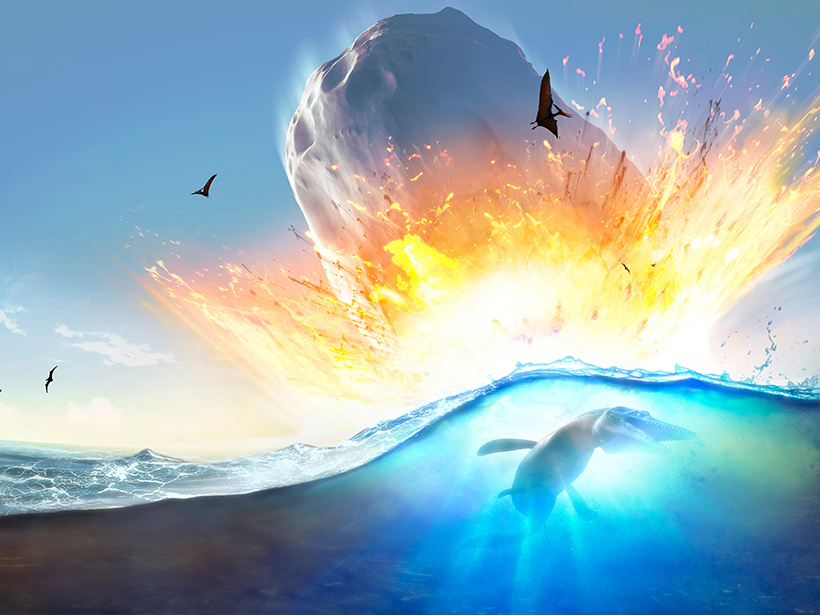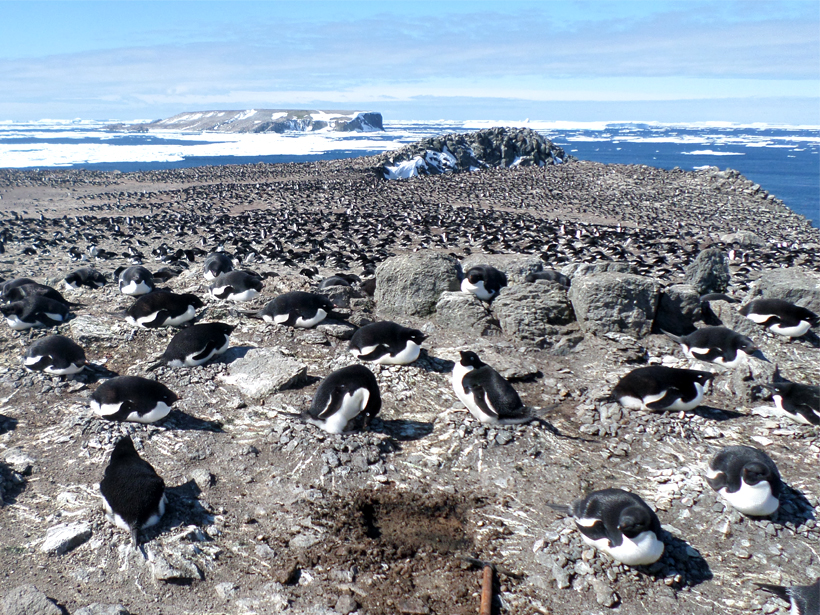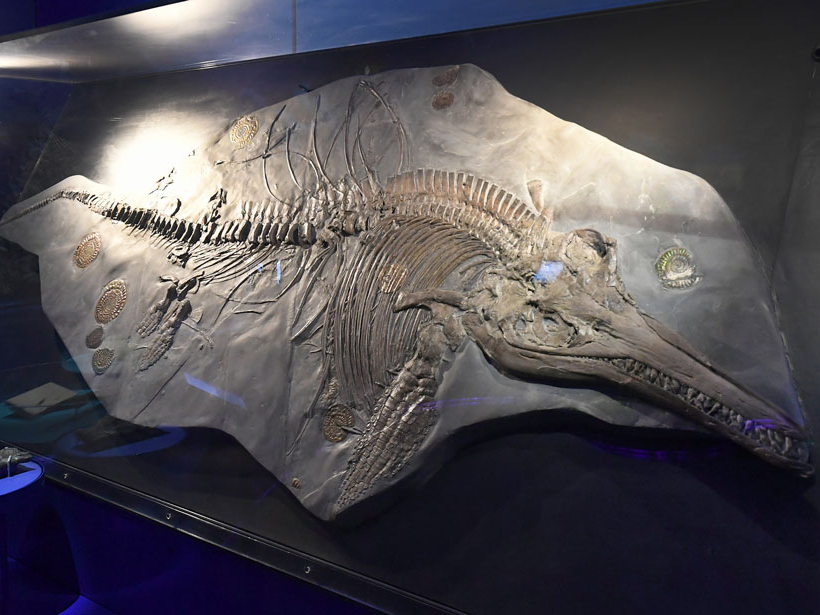International Ocean Discovery Program (IODP) Proposal Nurturing Workshop on Indian Ocean; Goa, India, 17–18 September 2018
paleoclimatology & paleoceanography
Huge Global Tsunami Followed Dinosaur-Killing Asteroid Impact
The cataclysmic Chicxulub impact roughly 66 million years ago spawned a tsunami that produced wave heights of several meters in distant waters, new simulations suggest.
Penguin Poop Keeps a Record of Antarctic Glaciation
Scientists are digging up Adélie penguin guano to study millennia of Antarctica’s history.
Extinct Megatoothed Shark May Have Been Warm-Blooded
Preliminary results from a recent study may begin to shed light on why megalodons died out before the most recent ice age.
Ren Receives 2018 Nanne Weber Early Career Award
Haojia Ren will receive the 2018 Nanne Weber Early Career Award at AGU’s Fall Meeting 2018, to be held 10–14 December in Washington, D. C. The award is given “in recognition of sustained and unique contributions to paleoceanography and paleoclimatology research.”
Costa Receives 2018 Harry Elderfield Student Paper Award
Kassandra Costa will receive the 2018 Harry Elderfield Student Paper Award at AGU’s Fall Meeting 2018, to be held 10–14 December in Washington, D. C. The award recognizes “an exemplary manuscript from a Ph.D. graduate student and exceptional promise for continued contributions in the fields of paleoceanography and/or paleoclimatology.”
Hönisch Receives 2018 Paleoceanography and Paleoclimatology Willi Dansgaard Award
Bärbel Hönisch will receive the 2018 Willi Dansgaard Award at AGU’s Fall Meeting 2018, to be held 10–14 December in Washington, D. C. The award is given in recognition of the awardee’s “research impact, innovative interdisciplinary work, educational accomplishments (mentoring), societal impact, or other relevant contributions and to acknowledge that the awardee shows exceptional promise for continued leadership in paleoceanography or paleoclimatology.”
Tiny Marine Shells Reveal Past Patterns in Ocean Dynamics
A 400,000-year calcium carbonate record from the ocean floor sheds light on deep-ocean circulation and on mechanisms driving climate patterns and atmospheric carbon dioxide concentrations.
How Did Life Recover After Earth’s Worst-Ever Mass Extinction?
Ocean animals at the top of the food chain recovered first after a cataclysm at the end of the Permian period. The extinction was triggered by events resembling the changes brewing in today’s oceans.
How Old Is the Mekong River Valley?
Granite samples collected from the Mekong River Valley reveal that the river’s path was incised roughly 17 million years ago, most likely by increased erosion from monsoon precipitation.







